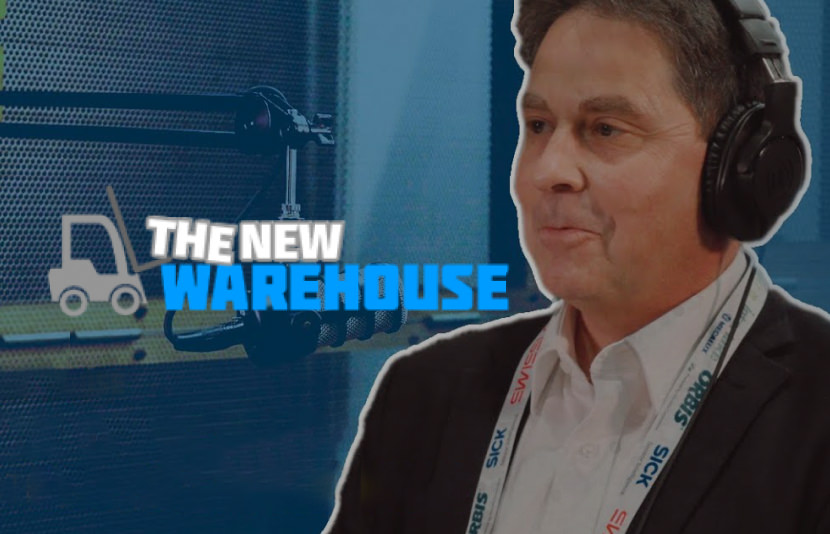Design & print industrial labels from your phone on the compact EDGE portable.

Discussing Automation and Mobilization with The New Warehouse Podcast
I recently had the pleasure of sitting down with Kevin Lawton of the New Warehouse Podcast to discuss why today’s companies are embracing practices like mobile printing, cloud technology, and automation — as well as the small steps that warehouses and manufacturers can take to empower their workers, improve productivity, and stay ahead in a speed-of-light industry. Here are some key takeaways from our conversation.
Managers are less curious, more focused.
One of the focal points of our discussion was how challenges brought on by the pandemic shed light on supply chain inefficiencies, which in turn inspired competitive warehouses to adapt their workflows and processes. Now, these once-novel practices are here to stay. As a result, companies are re-evaluating these here-to-stay workflows to find sustainable, profitable ways to maintain this new way of work.
Customers are increasingly expecting total visibility into the journey of their purchase, and companies need to trace large amounts of inventory with laser-focused detail. A key challenge faced by warehousing and manufacturing professionals is transitioning from traditional methods of tracking inventory — including old-school methods like sharpie and spreadsheets — to modern, more efficient solutions.
Moving from traditional, to modern, to future focused.
While companies may want to make a quick leap to automation in the form of robots, cobots, and drones, these futuristic advancements will fall short if the fundamentals aren’t already in place within your workflow. Where to begin? We agreed that tracking inventory through barcodes and using mobile printers to mobilize and automate the production of barcode labels is a great start.
Mr. Lawton also pointed out that databases and barcoding are piquing interest as companies begin to digitize operations. And while a barcode may seem like a small place to start, it’s a practical first step in gleaning data from physical items to automate and digitize inventory management.
Brother barcode labelers are a key tool for this transition. By de-centralizing the workstation, companies are able to reimagine workflows from stationary to mobile. All it takes is embracing the cloud, and empowering workers with the mobile solutions they need to perform their tasks quickly and efficiently.
“Printing [a barcode] historically happens at a cross dock or end of conveyance as a centralized process. Now, warehouse workers want printing to happen at the place where things are getting picked or placed or labeled. We’re moving the workflow along in the warehouse, with the worker at the point of printing.”
I’d add that that by attaching mobile printers to forklifts and pallet jacks or customizing them as a wearable, smart warehouse employees can generate what they need, exactly when they need it. Barcoding delivers more visibility into inventory, adds efficiencies into workflows, and reduces time and profit lost to human error. This is an ideal starting point for companies to embrace automation and robotics in the future.
Tune in to the New Warehouse Podcast to learn more.
Watch the full interview here:
Choosing the right workflow solution
Make sure your warehouse barcode mobile printers hit these key points:
- Prints documents like pick lists, packing lists, barcodes, and full-page documents on-demand
- Has intuitive, user-friendly interfaces and included software
- Delivers ease of use, ruggedness, low service intervals, and long-lasting battery life
- Comes with connectivity options for a variety of workflows, including dual radio connectivity for Wi-Fi® and Bluetooth®






